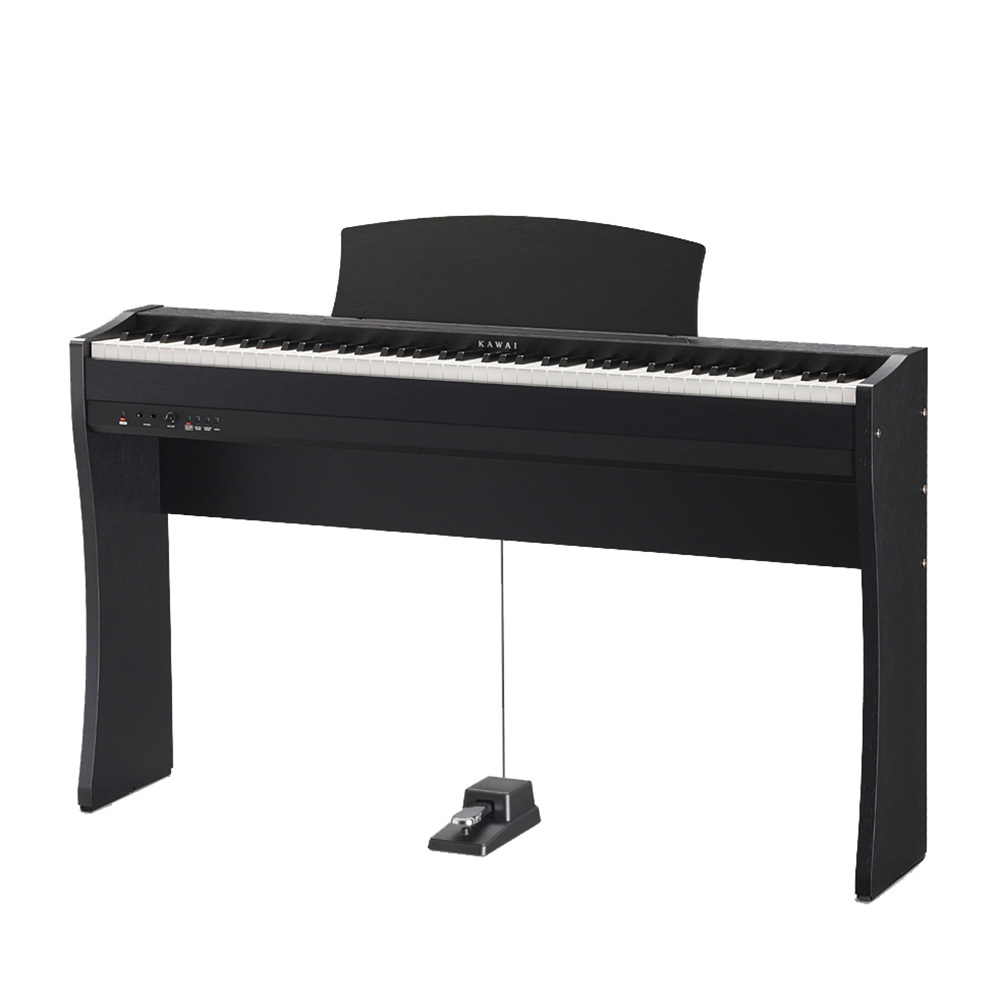1. Introduction
The digital piano sustain pedal is an essential tool for any pianist, regardless of their skill level or experience. It’s used to add expression and nuance to a performance, and can be a great way to create unique textures and sounds. In this article, we’ll discuss what a sustain pedal is, the different types available, and how to connect one to your digital piano. We’ll also cover common issues when using a digital piano sustain pedal, as well as troubleshooting tips and how to care for it.
2. What is a Sustain Pedal?
A sustain pedal is a device used to control the length of a note or chord on a keyboard instrument, such as a digital piano. By pressing the pedal down, the note or chord will continue to sound until the pedal is released. This allows for more expressive playing, as it allows the player to create longer notes and chords than would otherwise be possible.
3. Benefits of Using a Sustain Pedal
The primary benefit of using a sustain pedal is that it allows the player to create more expressive performances. It also allows for more complex musical passages that would otherwise be difficult or impossible to play without one. Additionally, the use of a sustain pedal can help bring out certain elements in the music that might not otherwise be heard, such as subtle harmonic changes or textural effects.
4. Types of Digital Piano Sustain Pedals
There are two main types of digital piano sustain pedals: half-pedals and full-pedals. Half-pedals are designed to be used with one foot while playing with both hands, while full-pedals can be used with both feet while playing with both hands. Both types have their own advantages and disadvantages, so it’s important to consider which type best suits your needs before making a purchase.
5. How to Connect a Sustain Pedal to Your Digital Piano
Connecting your sustain pedal to your digital piano is relatively simple and straightforward process. Most digital pianos have an input jack specifically designed for connecting a sustain pedal; if yours does not have one, you may need an adapter cable in order to connect it properly. Once connected, simply press down on the pedal in order to activate it and release it when you want the note or chord to end.
6. Common Issues When Using a Digital Piano Sustain Pedal
One of the most common issues when using a digital piano sustain pedal is that some notes may not sound when the pedal is pressed down; this is usually due either to incorrect connection or incorrect settings within your digital piano’s software interface (if applicable). Additionally, some pedals may cause noise when pressed down; this is usually caused by dirt or dust build up inside the switch mechanism of the pedal itself and can easily be fixed by cleaning it with compressed air or wiping it down with an alcohol-based cleaning solution.
7. Troubleshooting Tips for Digital Piano Sustain Pedals
If you’re having trouble getting your digital piano sustain pedal working correctly, there are several things you can try: firstly, make sure that all connections are secure and that everything is plugged in correctly; secondly, check your digital piano’s software settings (if applicable) – make sure that they are set correctly; thirdly, try cleaning your pedal with compressed air or an alcohol-based cleaning solution if necessary; finally, if all else fails, contact your digital piano’s manufacturer for further assistance.
8. How to Clean and Care for Your Digital Piano Sustain Pedal
Cleaning and caring for your digital piano sustain pedal is important in order to ensure its longevity and optimal performance over time. The most important thing you can do is keep it free from dust and debris by wiping it down regularly with an alcohol-based cleaning solution or compressed air (for hard-to-reach areas). Additionally, you should also check all connections regularly in order to make sure they are secure and functioning properly; this will help prevent any unexpected issues from arising during use.
9. Advantages and Disadvantages of Using a Digital Piano Sustain Pedal
The main advantage of using a digital piano sustain pedal is that it allows you to add more expression and nuance to your performances; however, there are some potential drawbacks as well – such as potential noise issues due to dirt or dust build up inside the switch mechanism of the pedal itself – so it’s important that you take proper care of it in order ensure optimal performance over time. Additionally, some players may find that half-pedals offer more flexibility than full-pedals due their smaller size and lighter weight; however this ultimately comes down personal preference so experiment with both types before making any final decisions!
10. Conclusion
In conclusion, using a digital piano sustain pedal can be an invaluable tool for any pianist looking to add more expression and nuance into their performances – whether they’re playing live or recording in the studio – but it’s important that you understand how they work before making any purchases! Additionally, proper care should always be taken in order ensure optimal performance over time – this includes regular cleaning as well as checking all connections regularly – so make sure you follow these tips if you want your sustain pedal working at its best!

